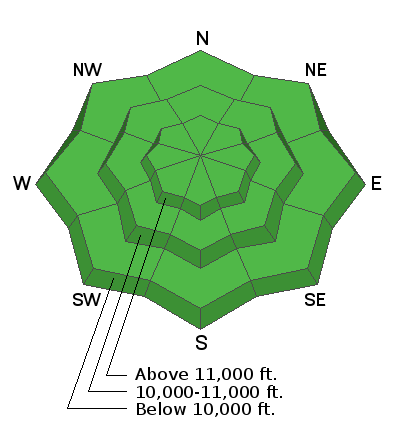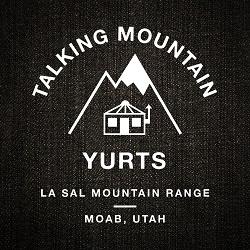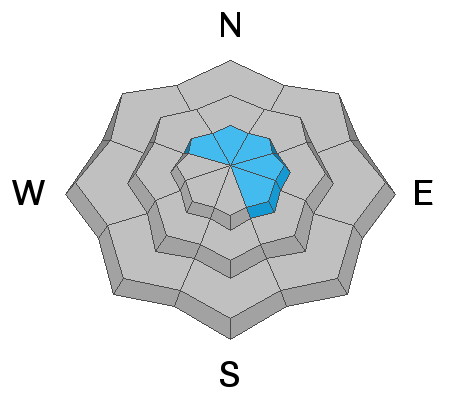Though the danger is generally LOW, there are still areas out there where you could trigger an avalanche. You are most likely to find trouble in upper elevation, extreme terrain on slopes facing NW-N-SE. The distinction in arriving at LOW danger is in the size (small), likelihood (not very), and distribution (isolated), of any particular avalanche problem. Minimize your exposure by practicing safe travel techniques with an eye toward the following avalanche problems:
Wind Drifted Snow: With a wide variety of terrain features and heavy exposure to wind, there are almost always isolated wind slabs lurking about somewhere, especially at upper elevations. In isolated areas, you may encounter wind drifted snow overlying a layer of weak faceted snow. Be on the lookout for old wind slabs on the leeward sides of ridge crests and terrain features, and suspect areas that have a smooth, rounded appearance or that sound and feel hollow like a drum.
Today's increase in winds would normally sound the alarm but with so little snow available for transport on the scoured and crusted southerly aspects, I don't anticipate much of a rising threat from fresh deposits of wind drifted snow. It's possible I'm underestimating this threat, so always be on the lookout for blowing and drifting snow and look for signs of instability such as cracking in the snow surface.
Persistent Weak Layer: Shallow snowpack areas are developing weak layers of loose, sugary, faceted snow. You are most likely to find these weak layers on rocky, or sparsely wooded northerly facing slopes where the snowpack is less than about 4' deep. Faceted snow is also developing near the surface, or underneath a variety of crusts that exist out there. Though not posing much of a threat at this time, this will become a concern with future snow loads.







